LGBTQIA+ Reanaissance
As we resist those who claim diversity distorts scholarship, let’s run through the acronym & show how easy it is to find the rainbow in every era. We don’t even need to look beyond the Renaissance celebrities that are household names today!
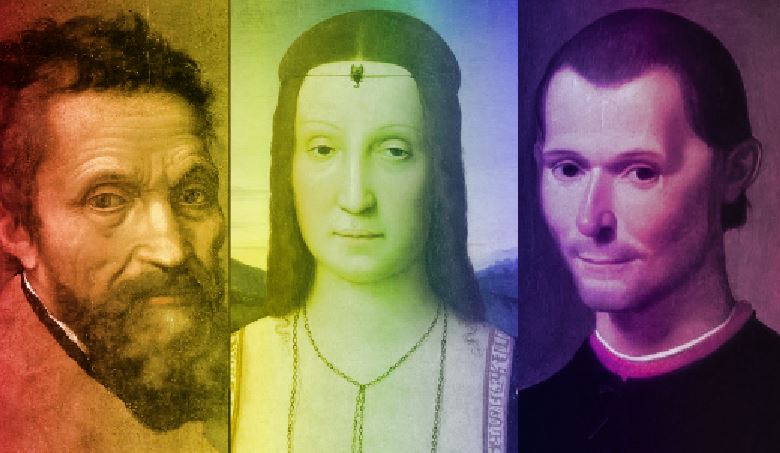
LESBIAN: Lucrezia Borgia’s last husband Alfonso d’Este appears in a lot of big budget historical dramas about the period; I introduced him last week parading around Ferrara buck naked with his dick in his hand, & his sister Beatrice was part of Milan’s ruling polycule with Ludovico Visconti Sforza & Galeazzo Sanseverino. What dramas rarely mention is Alfonso’s first wife Anna Maria Visconti Sforza (sister of Duke Ludovico) who, documents tell us, preferentially wore men’s clothes, preferred exclusively female company, and slept with a female lover in her bed every night.
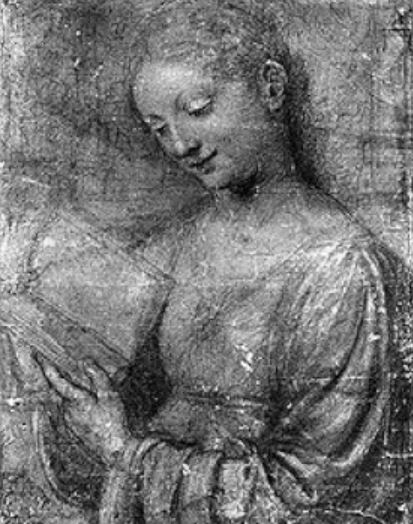
GAY: Two out of four Ninja Turtles here: Michelangelo whose passionate relationships with men and lack of interest in women are much discussed in letters & poems (his and others’) & Donatello whose relationship with Brunelleschi was so public all Florence erupted in gossip the time it looked like they might break up! (Wondering about Leonardo too? I’ll get to him below…)


And while one must be very cautious about looking at an artist’s work (so many bad histories have done it badly) Donatello made the first nude sculpture produced since Antiquity, and it wasn’t a sexy Venus, it was a *way sexier* David.
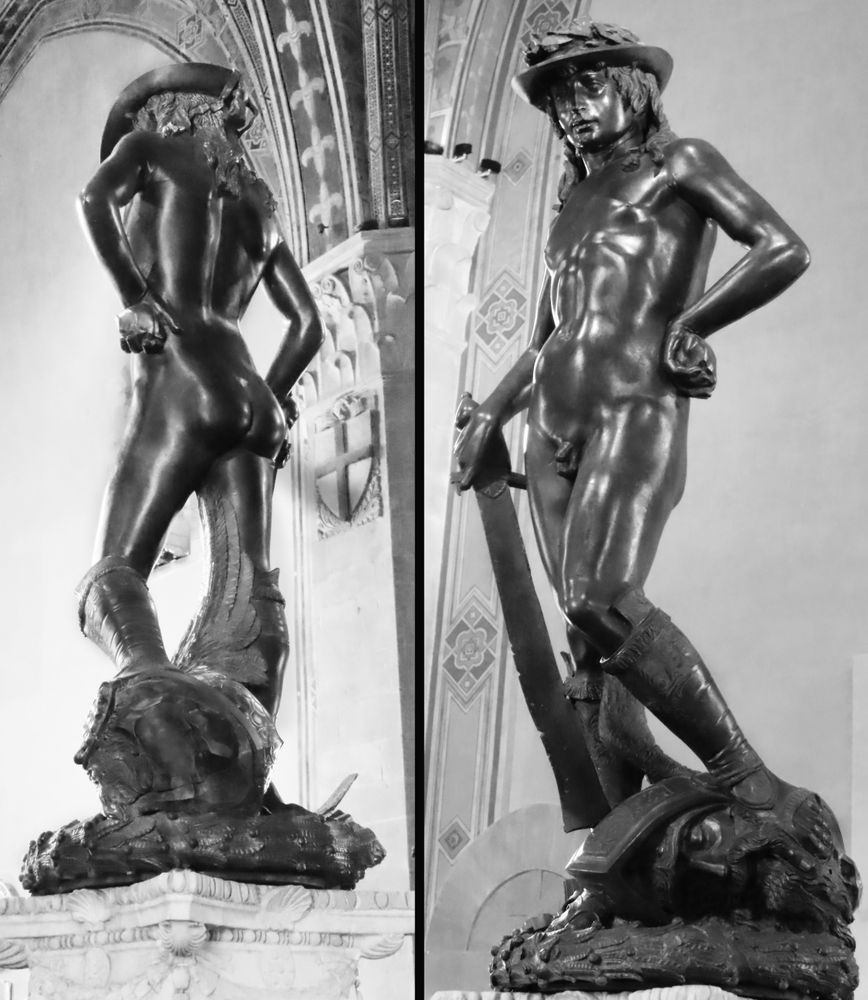
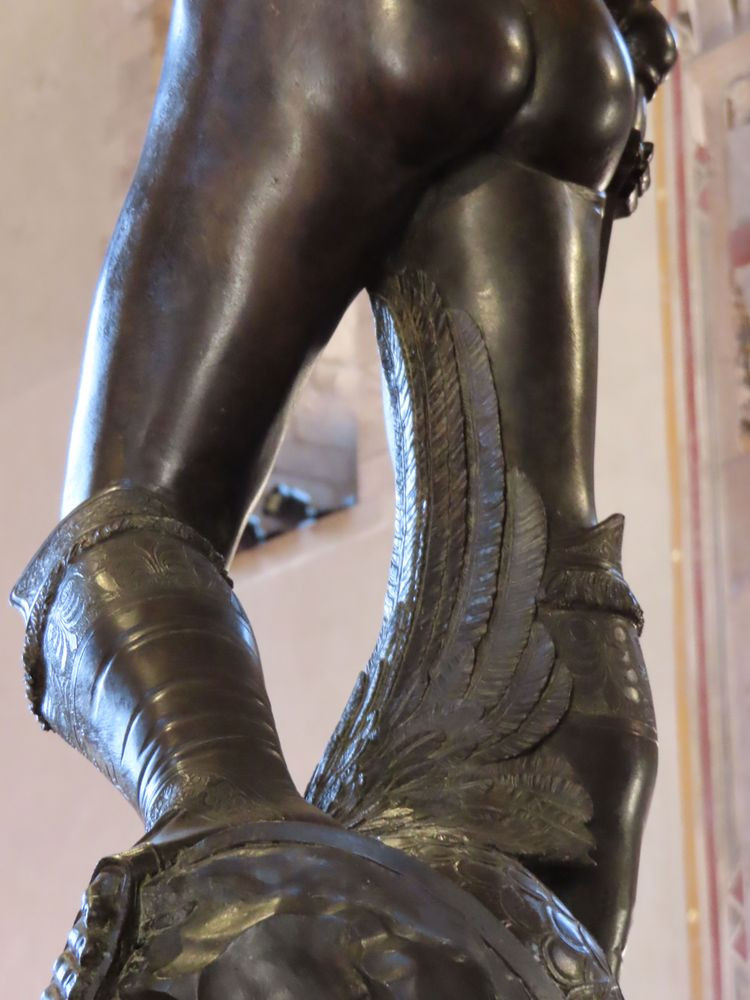
Importantly, modern identity labels (gay, trans) didn’t exist in the 1400s so we don’t know what labels these people would’ve chosen if offered our feast of terms & concepts; likely they would’ve tried out many. One must not project modern gender constructions back on history without great care, but… as long as I keep getting undergrads in my classroom whose educations-so-far left them with the impression homosexuality didn’t exist between Socrates and Oscar Wilde (sigh) we need to do better to show all these identities have histories.
BISEXUAL: A feast of options here since men having lovers of both sexes was super common, but Machiavelli is as big as a name gets. He wrote erotic poetry to male beloveds in his teens, his letters talk freely of male & female lovers, and he give hetero- and homosexual sex advice to friends.
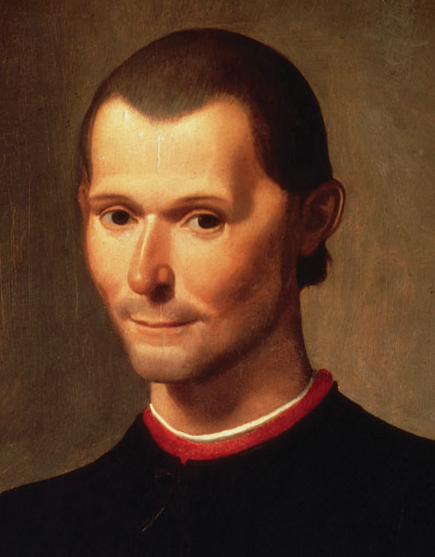
TRANSGENDER: Please enjoy this portrait of the incomparable Lucrezia Borgia in male dress! Complete with sword! A very striking and deliberate choice for someone who wielded such complexly gendered power, but during her family’s wars she took on male kinds of power too, like governing Spoleto.

Also, there are SO MANY GREAT NEW BOOKS treating transgender and radical gender in the Renaissance! See:
Gordon “Glorious Bodies,” Manion “Female Husbands,” Goldberg “Queering the Renaissance,” Murray & Terpstra “Sex Gender & Sexuality in the Renaissance” so many more!
QUEER: I enjoyed picking this one: who in the Renaissance would’ve liked the project to embrace and subvert the pejorative sense of “Queer” and turn it into an identity celebrating the breadth of sexualities & being outside a narrow mainstream? My pick isn’t a household name now but was in the period. Floriano Dolfo (or Dolfi, c. 1445-1506) One of the most law professors & theologians of his day, a faculty star of the University of Bologna, also disabled so for most of his life he worked, taught, and lived in a single room. In his leisure time he wrote over-the-top fantastical porn, describing wonderlands of massive dicks etc. Sending much of it to his friend & patron Francesco Gonazaga Marquess of Mantua (Isabella d’Este’s husband). Dolfo wrote to Gonzaga he took great pride in what he himself called his perversion, especially liking *only* men without interest in women, so I think he would’ve loved the movement to Queer.
The other great choice for Queer would, of course, be Il Sodoma, the artist who deliberately chose to go by the nickname “Sodomite” despite the stigma in the period! Nor did his deliberate choice to make his taboo sexuality front and center of his identity stop him from being a major artist and getting big commissions, including from Church patrons like the Benedictine Monastery of Monte Oliveto Maggiore.
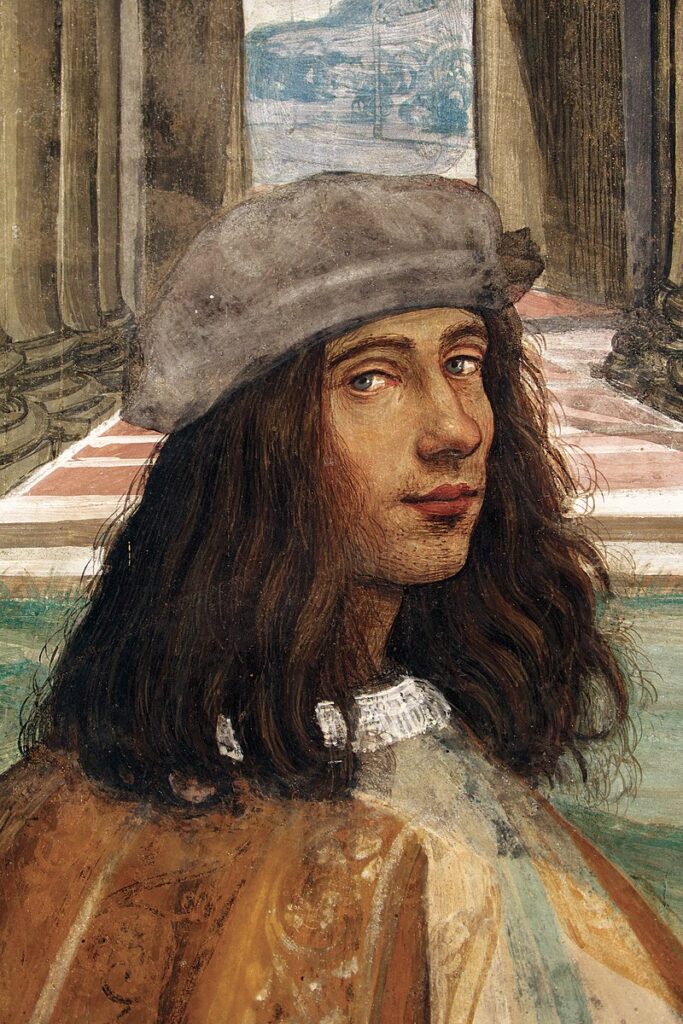
Sodoma is also the painter of what I always call the “Bisexuality Visibility Fresco,” from the Alexander the Great cycle he did for the Villa Chigi in Rome, which has the big wall centered on Alexander the Great standing between his sexy wife Roxanne and his even sexier and more naked male lover Hephaestion. Even though Hephaestion is just as prominent as Roxanne here, and another whole wall is dedicated to a fresco of just Alexander and Hephaestion, the room is called the “Room of Roxanne” by art historians because the 19th century was super queer-erasing and decided to center the one heterosexual thing in the room, sigh.
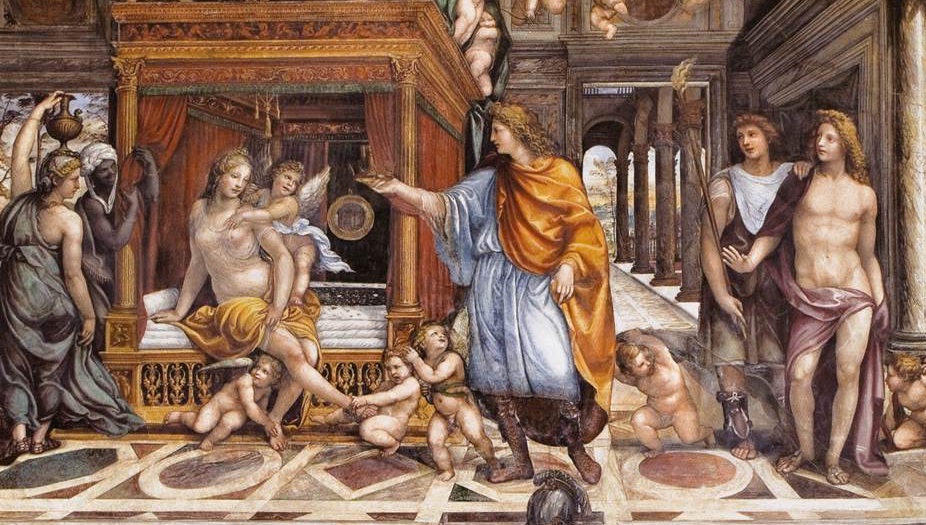
INTERSEX: There’s great scholarship on period ideas of the hermaphrodite its entanglement with medical concepts of monstrosity, but I like to also recognize figures whose bodies didn’t conform to rigid period ideas of sex in ways that shaped their (inescapably gendered) careers. Two examples: Princess Jeanne de Valois was a daughter of Louis XI of France. Something about her body meant one could tell even in childhood *by inspecting her genitalia* that she couldn’t bear children. Her father used this, forcibly marrying her to his cousin the Duke d’Orleans to try to prevent the Orleans branch from having an heir. When Jeanne’s brother Charles VIII died without an heir & her husband suddenly became king, he demanded an annulment so he could marry his predecessor’s widow Anne of Brittany, & the pope sent Cesare Borgia all the way from Rome to inspect Joan’s body & confirm. A body whose atypicality literally reshaped a kingdom, enabling France’s annexation of Brittany.
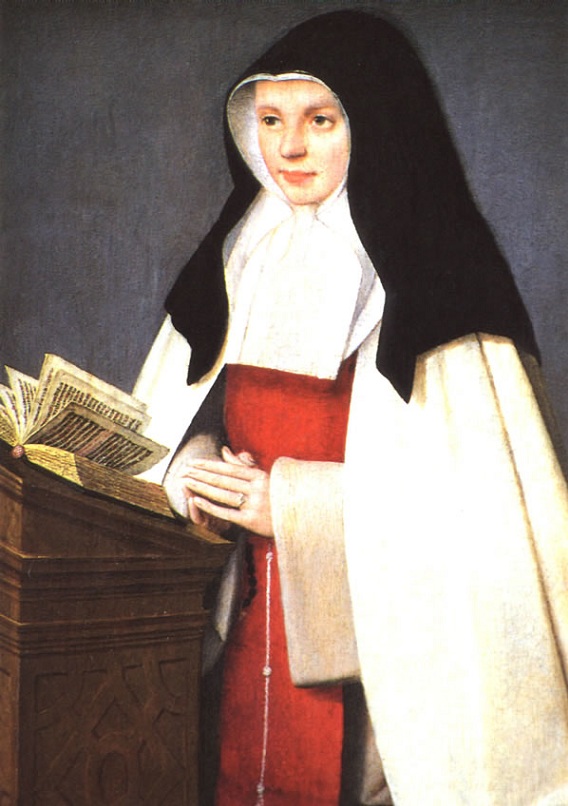
Second example: After a string of daughters, Battista Sforza, beloved wife of the mercenary Federico da Montefeltro, died producing their youngest, Guidobaldo, who became their heir. When dad died on campaign, Guidobaldo took over commanding his military league at age *11*. He married Elizabetta Gonzaga, but
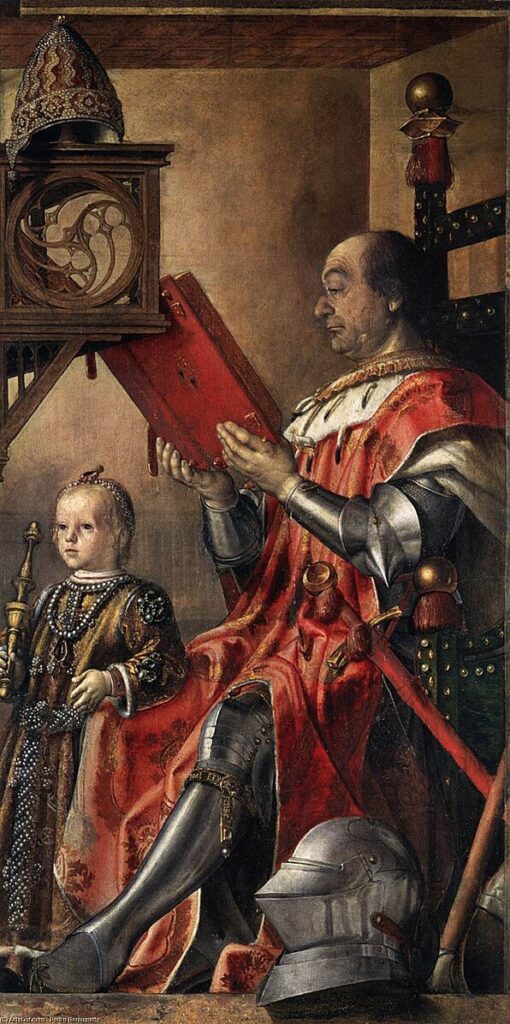
…no kids. When people to pressured Guidobaldo to divorce his barren wife, he shocked Europe with an announcement no one thought a prince would dare make: It’s not her, it’s me, I’m impotent, shut up, & if anyone wants to question my manhood over it, my armies are right here, so bring it.
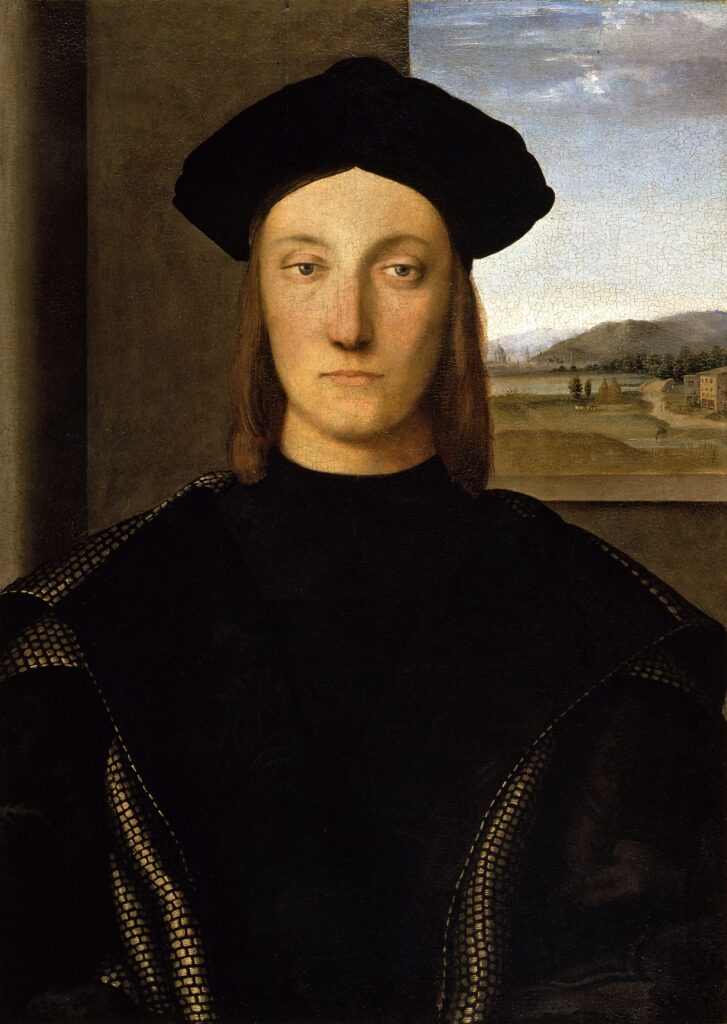
Men of the period went to huge lengths to hide emasculating characteristics, & perceived unmanliness could shatter power & careers; the pope even pressured Guidobaldo to renounce his duchy & military career to become a churchman, a fitter path for one seen as not-quite-fully-male. No Way!
ASEXUAL: After Guidobaldo’s announcement, Elizabetta was pressured to leave *him*, of course, but insisted she was very happy in her sexless marriage thank-you-very-much, & the pair remained one of the most celebrated of all Renaissance couples, immortalized in Castiglione’s Book of the Courtier.

As for PLUS: it’s useful to remind ourselves that sexual ideas of “normal” change with history too, so let’s finish with Titian & Raphael both of whose friends remarked on their (for the time) weird & unexpected *heterosexual monogamy* in an age that expected famous men to move through serial lovers. In the Renaissance it was considered bizarre for men to stay attracted to a woman for more than a decade; my friend Roisin Cossar has a great example where a monk accused of living with a mistress offered *as his legal defense in court* that no man could possibly be aroused by a woman over 30.
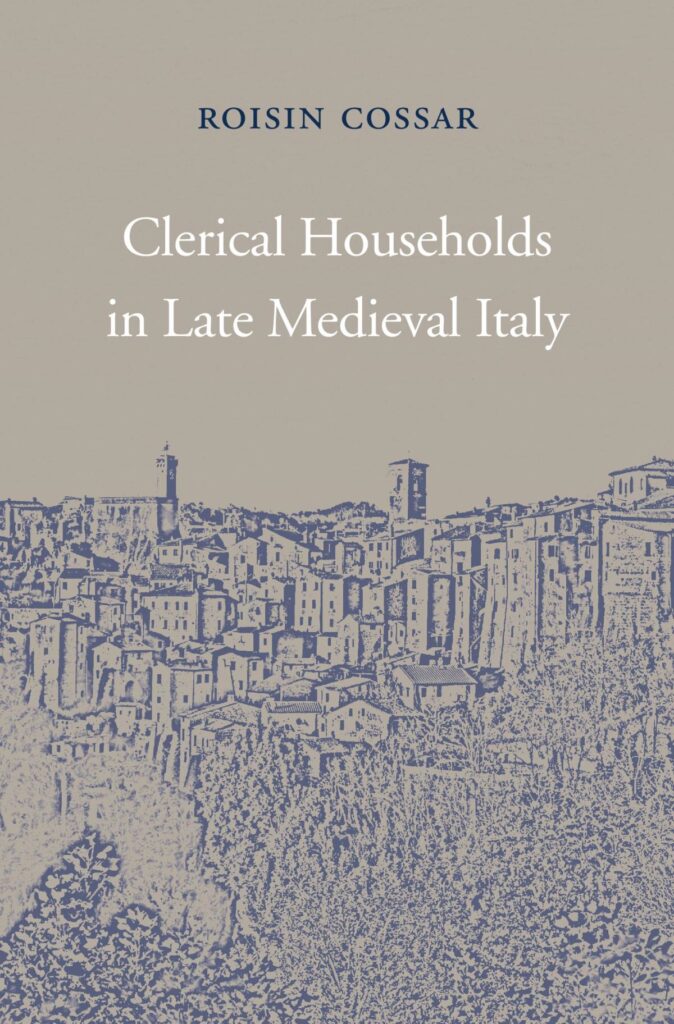
Raphael died young but many friends described him as peculiar in his devotion to his partner Margherita Luti, while Titian’s friends repeatedly urged him to ditch his Flora for a younger mistress. Nope: he stayed with her for decades, painting her at many ages despite friends calling it queer.
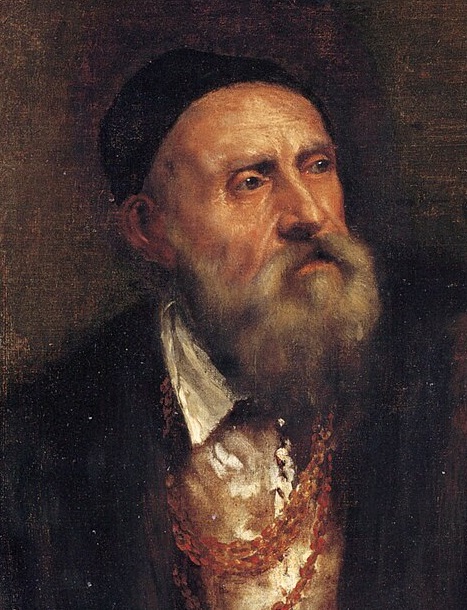
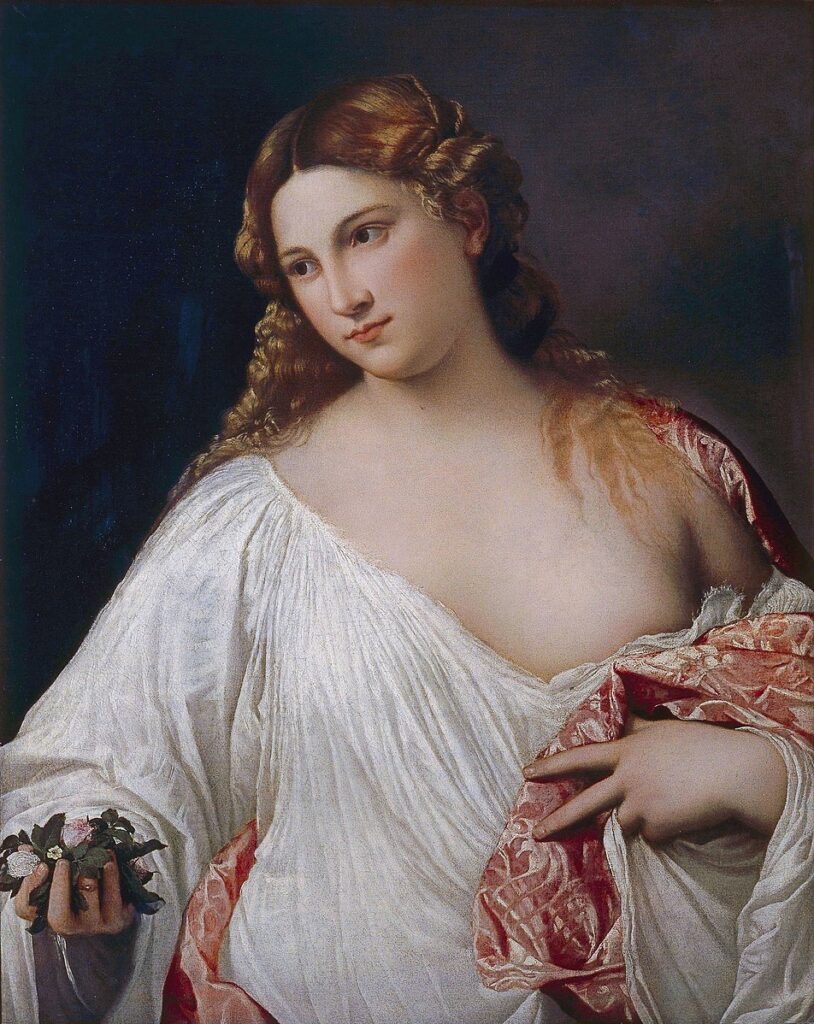
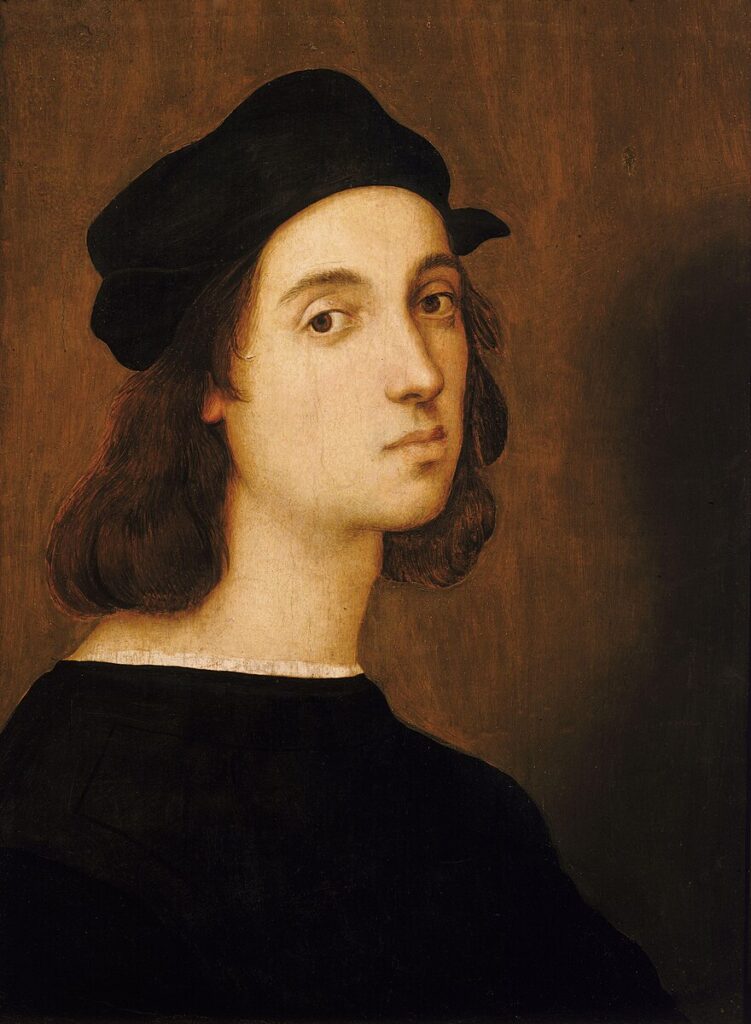
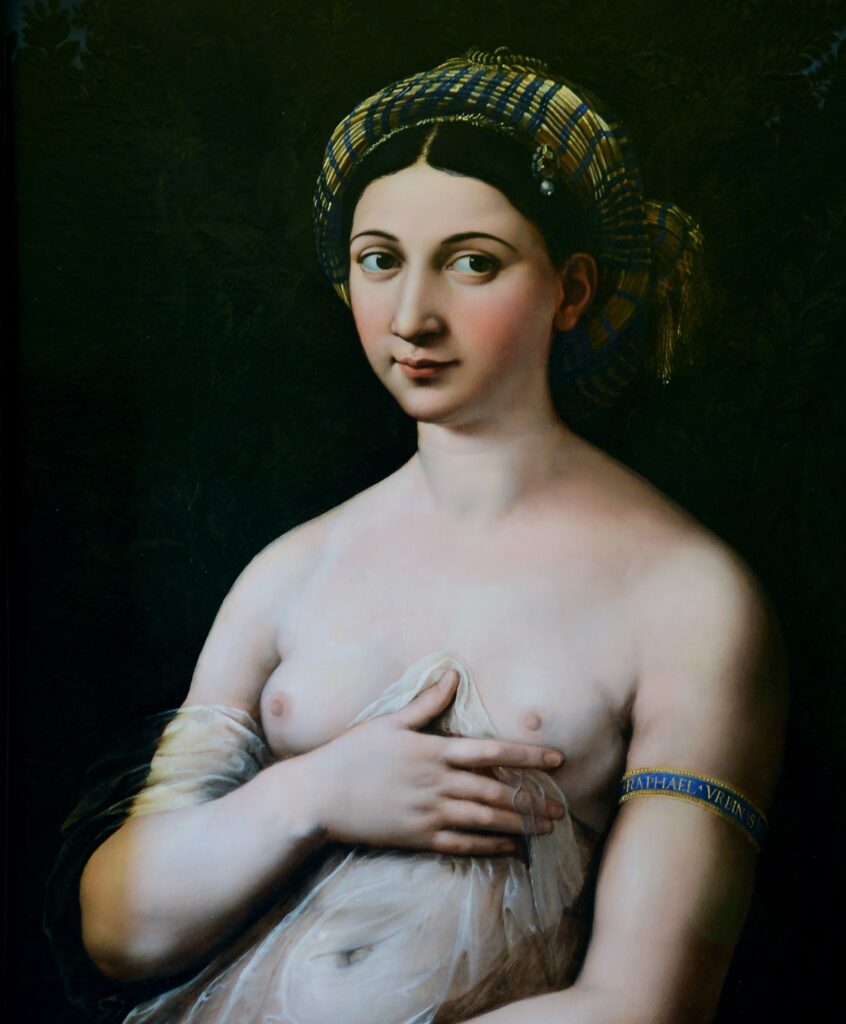
LGBTQIA+ complete. So many different kinds of loves, lives & bodies, all right there, front and center in the famous halls of history whenever and wherever you look; all we have to do is pause to point them out! (For this practice in action, Inventing the Renaissance coming soon!)
Inventing the Renaissance isn’t *about* LGBTQIA+history, but it’s still a queer history because *any* history of *any topic* can contribute to fighting queer erasure, so long as we take the simple step of pausing to mention the diversity naturally present in the people/places we’re looking at.
As for finishing up our Ninja Turtles… a lot of people ask me about Leonardo da Vinci, especially since his status as a gay icon got re-celebrated recently in the Ken Burns documentary. While it’s 100% true that we have ample documentation about Leonardo’s homosexual relationship as discussed in that documentary and many places, Leonardo lived a long life, and we also have a lot of letters from friends commenting on how they find it odd that Leonardo had so little interest in sex, didn’t take lovers often as most artists did, and didn’t seem to have much interest in women or in men. While older scholarship is prone to jump at “He’s not interested in women, he must be gay!” better recent techniques show that people like this (like Donatello and Michelangelo etc.) were very open about their gay relationships at least in letters to friends, so “not interested in women, he must be hiding interest in men” isn’t actually a sound conclusion. My own interpretation from the documents is that Leonardo sounds more like what we would call a demisexual or asexual person, someone who tried out having a relationship as many asexual people do, and enjoyed the social and personal intimacy with a friend, but found he didn’t have much taste for the physical intimacy, and preferred to live most of his life without sexual activity. Compared to our two definitely-super-gay Ninja Turtles, I find it exciting that we’re at a point that we can celebrate more fine grain divisions of LGBTQIA+ and count off our famous four as two gay men, one demisexual/asexual, and one heterosexual and “peculiarly monogamous”, a truly great representation of how we find a broad rainbow of lives and loves in every group of people, famous or obscure!

One Response to “LGBTQIA+ Reanaissance”
-
Isn’t there an A too many in the title, or am I missing a pun of some kind ?


